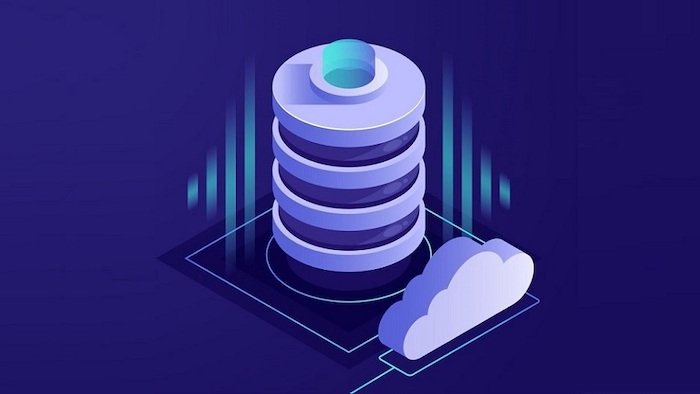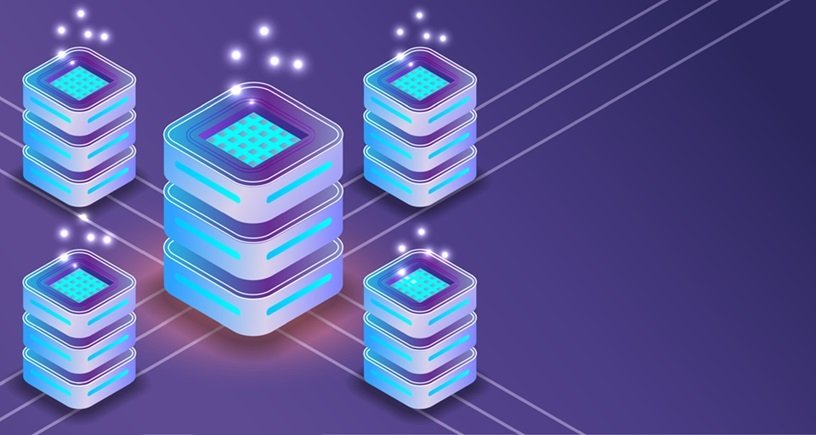Table of Contents
If you’ve been following trends in data management and machine learning, you’ve likely come across the term “vector databases.” But what exactly are vector databases, and why are they becoming so crucial in the realm of IT engineering? Let’s dive into this topic and explore how vector databases are revolutionizing the way we store, search, and manage high-dimensional data.
What is a Vector Database?
At its core, a vector database is a specialized type of database designed to handle, store, and retrieve high-dimensional data—think vectors. Unlike traditional databases that store structured data like rows and columns, vector databases are optimized for handling vectors, which are arrays of numbers representing data points in multi-dimensional space.
But what makes vector databases so special? The answer lies in their ability to perform efficient similarity searches. In many modern applications, particularly in artificial intelligence and machine learning, data is often represented as vectors. These vectors could represent anything from the features of an image to the semantic meaning of a text. The challenge comes when you need to find similar items in a vast collection of these vectors. Traditional databases struggle with this task due to their reliance on rigid schemas and indexes, whereas vector databases are built for it.
Real-Life Example: Image Recognition
Consider a scenario where you’re working on an image recognition system for an e-commerce platform. Each product image on the platform is converted into a vector using a convolutional neural network (CNN). Now, you want to implement a “similar products” feature that suggests products visually similar to the one a user is currently viewing.
This is where a vector database shines. By storing these image vectors in a vector database, you can efficiently search for and retrieve similar vectors, enabling the “similar products” feature in real-time. Traditional relational databases would struggle with the speed and accuracy required for such a task, but vector databases handle it with ease.
How Do Vector Databases Work?
Vector databases operate on the principles of vector space models and similarity search algorithms. Here’s a basic breakdown of the process:
- Vectorization: Data is first converted into vectors using a machine learning model. For instance, text data might be converted into vectors using word embeddings like Word2Vec or BERT, while images might be converted using CNNs.
- Storage: These vectors are then stored in the vector database. Unlike traditional databases, which might use B-trees or hash indexes, vector databases use specialized data structures like HNSW (Hierarchical Navigable Small World) graphs, LSH (Locality-Sensitive Hashing), or product quantization techniques for efficient storage and retrieval.
- Similarity Search: When a query is made, the database compares the query vector against the stored vectors using a distance metric, such as cosine similarity or Euclidean distance. The database then returns the most similar vectors, which correspond to the most relevant data points.

Real-Life Example: Natural Language Processing (NLP)
Let’s say you’re building a chatbot for customer support. The chatbot needs to understand and respond to user queries by finding the most relevant knowledge base articles. Each article and query is represented as a vector. When a user asks a question, the chatbot converts it into a vector and searches the vector database for the most similar article vectors.
Here, the vector database enables the chatbot to quickly and accurately find the most relevant responses, improving the user experience and reducing the time needed to find information.
Top 3 Vector Databases
Now that we’ve covered the basics, let’s look at some of the leading vector databases available today:
- Milvus
- Overview: Milvus is an open-source vector database built specifically for AI applications. It supports a wide range of machine learning models and is optimized for handling large-scale data.
- Key Features: Milvus offers support for multiple data types, including text, images, and audio. It also features GPU acceleration, making it extremely fast for similarity searches.
- Use Case: Milvus is ideal for applications like recommendation systems, face recognition, and natural language processing.
- Pinecone
- Overview: Pinecone is a managed vector database service that focuses on simplicity and scalability. It’s designed to integrate easily with existing machine learning pipelines and offers a serverless architecture.
- Key Features: Pinecone provides real-time indexing and querying, with automatic scaling and version control. It also supports a wide range of distance metrics.
- Use Case: Pinecone is perfect for companies looking to quickly implement vector search capabilities without managing infrastructure.
- Faiss
- Overview: Developed by Facebook AI Research, Faiss is a library that provides a set of algorithms for efficient similarity search and clustering of dense vectors.
- Key Features: Faiss is highly customizable and optimized for both CPU and GPU, making it incredibly fast. It’s particularly useful for large-scale searches and can be integrated into various machine learning frameworks.
- Use Case: Faiss is widely used in research and production environments where performance and flexibility are critical, such as large-scale recommendation systems and image search engines.
Advantages of Vector Databases
- Scalability: Vector databases are designed to scale horizontally, meaning they can handle millions or even billions of vectors across distributed systems without sacrificing performance.
- Speed: They are optimized for fast similarity searches, even in large datasets, making them ideal for real-time applications.
- Flexibility: Vector databases can handle a wide variety of data types, including text, images, audio, and more, as long as they can be vectorized.
- Integration with Machine Learning: They are built to integrate seamlessly with machine learning pipelines, allowing for easy storage and retrieval of model outputs.
Conclusion: The Future of Data Management
As the demand for AI-powered applications grows, the need for efficient storage and retrieval of high-dimensional data will only increase. Vector databases are poised to become a cornerstone of modern data architecture, enabling everything from smarter search engines to more intuitive recommendation systems.
For IT engineers, understanding and leveraging vector databases could be a game-changer, offering new ways to manage and utilize data in increasingly complex environments. Whether you’re working on image recognition, natural language processing, or any application involving large-scale data, vector databases are a tool worth mastering.
So, the next time you’re faced with a data-intensive project, consider whether a vector database like Milvus, Pinecone, or Faiss might be the right solution to take your application to the next level.




Leave a Reply